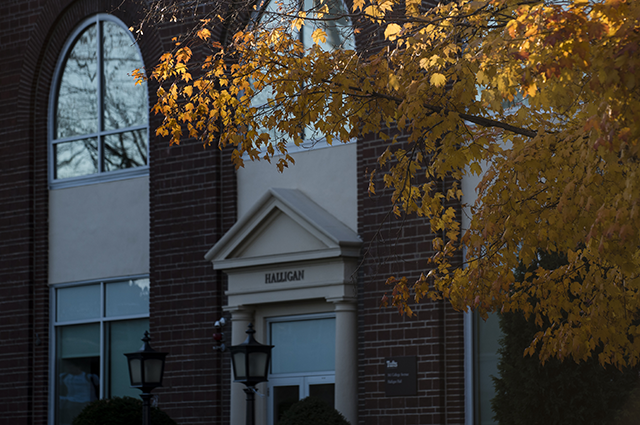Building an educational AR device

Computer science student Caroline Vanderlee, E21, and team published research in the International Society of the Learning Sciences (ISLS) investigating the use of an augmented reality tool that seeks to help students visualize electronic signals and voltage on breadboard circuits. Vanderlee is first author of the paper.
Working with colleagues from the Learning, Innovation, and Technology Lab at Harvard University, Vanderlee helped design AR Holoboard, a device that places a hologram overlay over physical breadboard circuits. The tool displays graphs at key locations on the breadboard, allowing students to read voltage through oscilloscope-like projections.
The tool was tested in a makerspace at Harvard University during the summer of 2019. Students found the device helpful when learning about analog signal voltage being sent through circuits. The overlay helped students identify errors in voltage flow or code and to confirm proper flow.
The team hopes to make the tool more user-friendly and accessible to engineering students in future iterations. Upcoming trials of the device intend to introduce AR Holoboard to instructors and students earlier in the semester to build familiarity with the tool, simplify the tool’s appearance, and reduce setup time.
Related work by Vanderlee and team received a Best Demo Paper Award from the FabLearn (Virtual) Conference 2020. Watch a demo of the device.
Learn more: “Design and Evaluation of an Augmented Reality Signal Visualization Tool for Maker Spaces”.
Department:
Computer Science